Classic cars often come with hefty price tags and a nostalgic allure, but not all are worth the hype or the investment. High maintenance costs, performance issues, and overestimated reputations can turn some vintage vehicles into regrettable purchases. Here are ten classic cars that might not justify the hype surrounding them.
DeLorean DMC-12

The DeLorean DMC-12 may be iconic due to its starring role in the “Back to the Future” films, but in reality, it falls short of expectations. Despite its futuristic design, the car’s performance is underwhelming, with a modest 130 horsepower engine. Build quality issues and a lack of parts availability further diminish its appeal. While its stainless steel body and gull-wing doors are eye-catching, the DeLorean’s driving experience leaves much to be desired.
Collectors often find themselves spending more time dealing with repairs than enjoying the ride. The DeLorean’s nostalgic value may attract initial interest, but potential buyers should be prepared for the ongoing costs of ownership, which often outweigh its initial purchase price.
Jaguar E-Type Series III
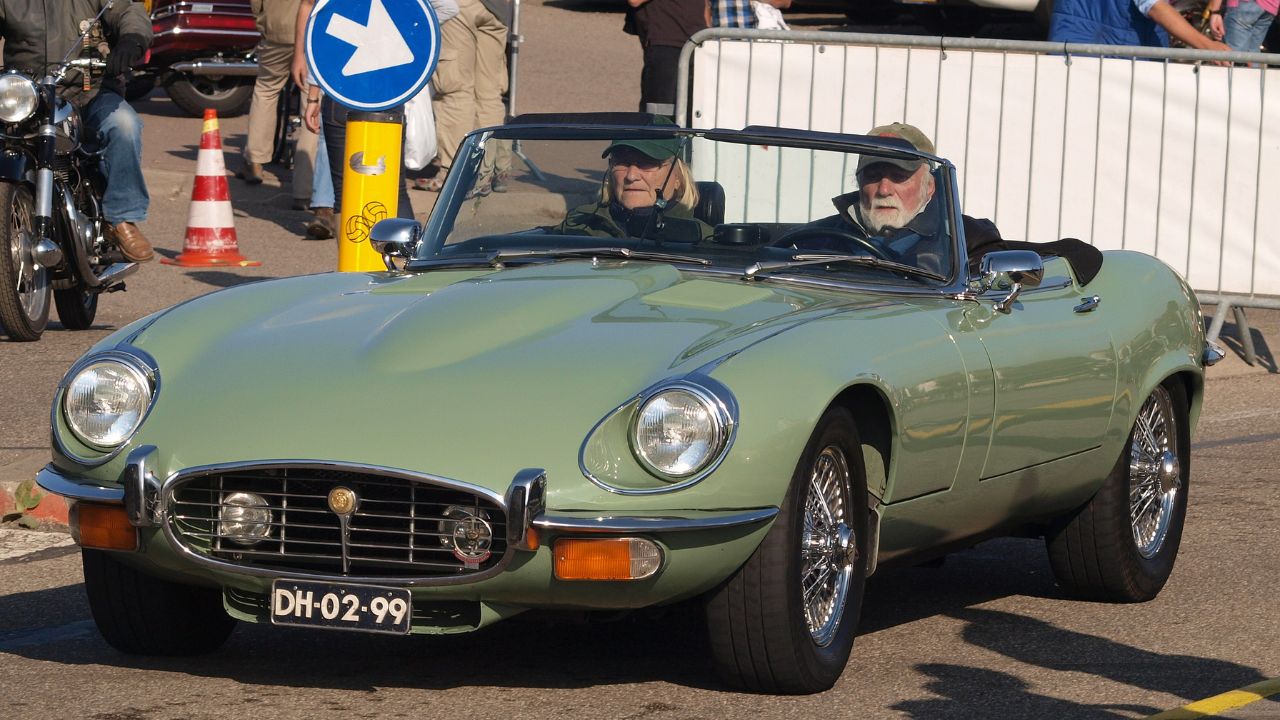
The Jaguar E-Type Series III, produced between 1971 and 1975, is often overshadowed by its predecessors. While the earlier Series I and II are celebrated for their elegant design and performance, the Series III introduced a bulkier look and a V12 engine that, while powerful, added weight and compromised handling. Fuel consumption is another downside, making it less practical for regular use.
Despite being a part of the storied E-Type lineage, it lacks the finesse and balance that made the original models legendary. As a result, the Series III often struggles to justify its premium price tag in the classic car market.
Chevrolet Camaro Z28 (mid 1970s)
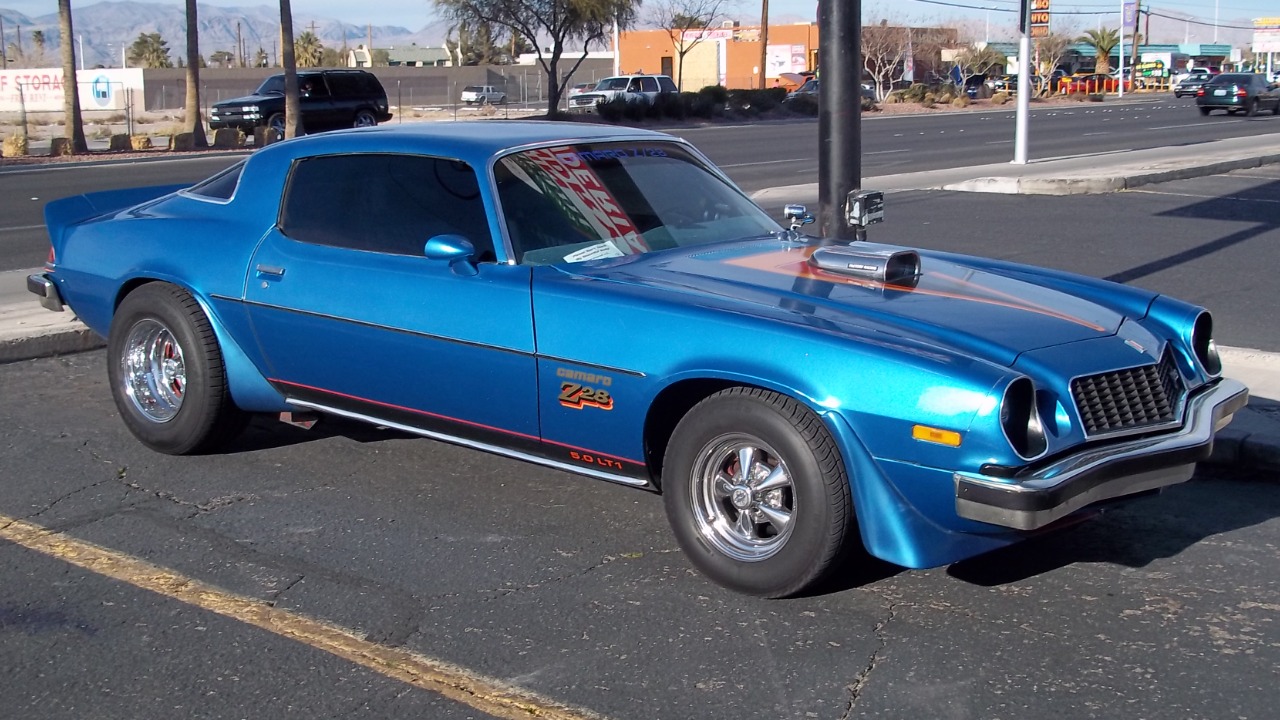
The 1970s Chevrolet Camaro Z28 is often romanticized as a muscle car icon, but its performance during this era was hampered by stricter emission regulations. The power output dropped significantly compared to its 1960s predecessors, and the build quality suffered due to cost-cutting measures.
While the Camaro Z28’s design maintains a certain charm, the driving experience doesn’t match the aggressive looks. Buyers expecting the raw power and thrill of earlier models might be disappointed with the 1970s iterations. Maintenance and restoration can also be costly, making it a less attractive investment.
Ferrari Mondial
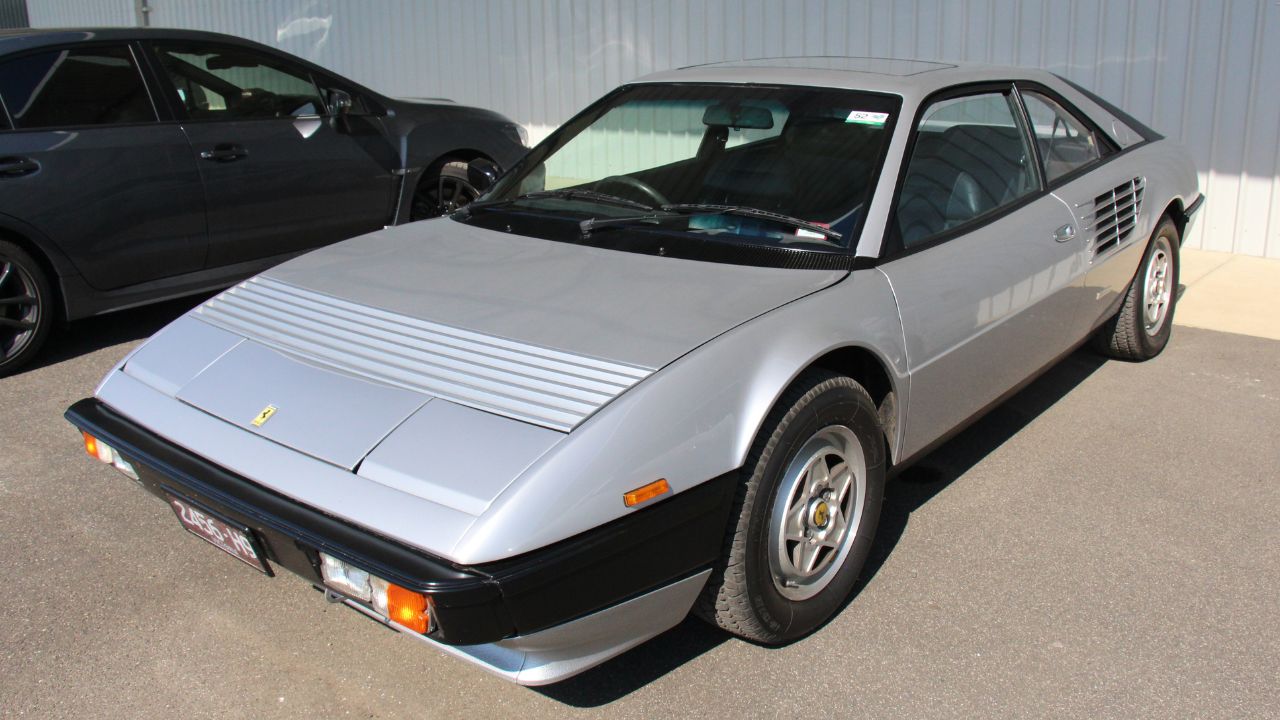
The Ferrari Mondial, produced from 1980 to 1993, is often labeled as one of Ferrari’s less desirable models. While it carries the prestigious Ferrari badge, the Mondial’s performance and design leave much to be desired. The car’s 2+2 seating configuration and underwhelming engine performance make it less thrilling than other Ferraris.
The Mondial’s reputation for reliability issues and high maintenance costs further detract from its appeal. Despite its relatively low entry price for a Ferrari, the Mondial struggles to deliver a driving experience that lives up to the brand’s storied legacy.
Ford Thunderbird (Fifth Generation)
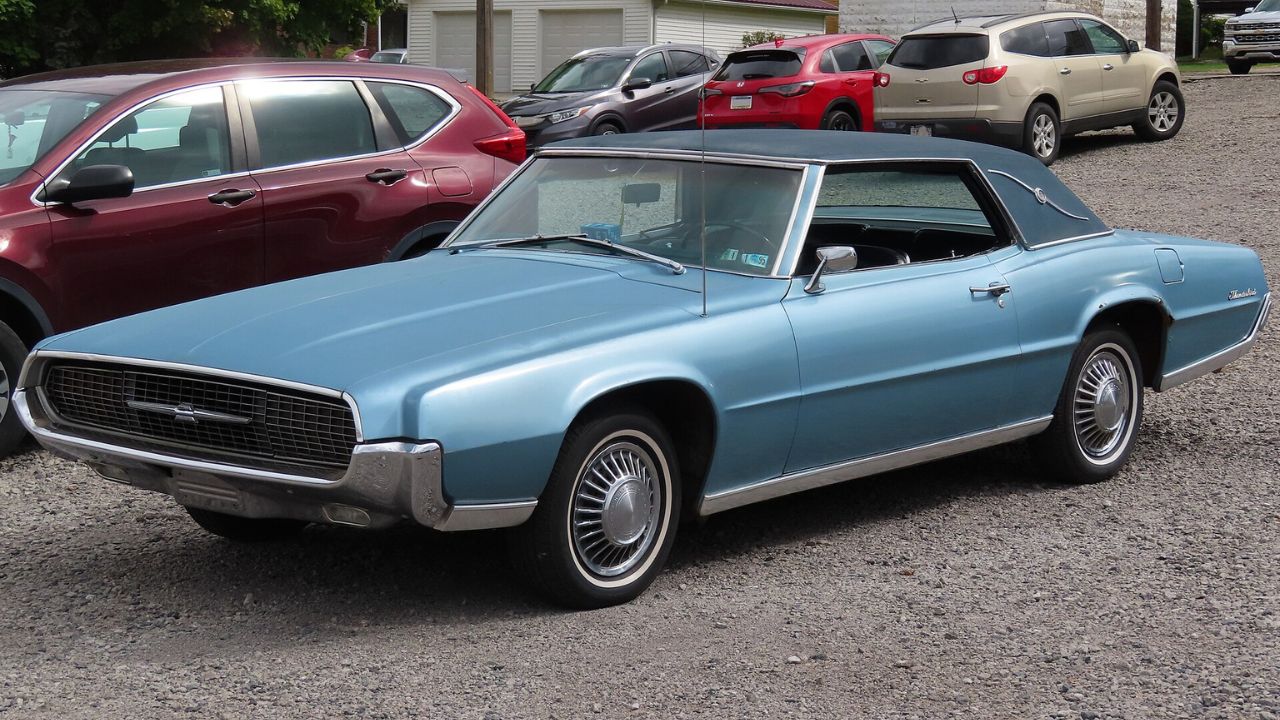
The fifth-generation Ford Thunderbird, produced from 1967 to 1971, marked a departure from the sleek, sporty design of earlier models. As Ford attempted to compete in the luxury car market, the Thunderbird grew larger and lost much of its original charm and performance capability.
This iteration of the Thunderbird is often criticized for its lackluster handling and poor fuel efficiency. While it offers a comfortable ride, the driving dynamics and build quality don’t justify the premium often associated with classic Thunderbirds.
AMC Pacer
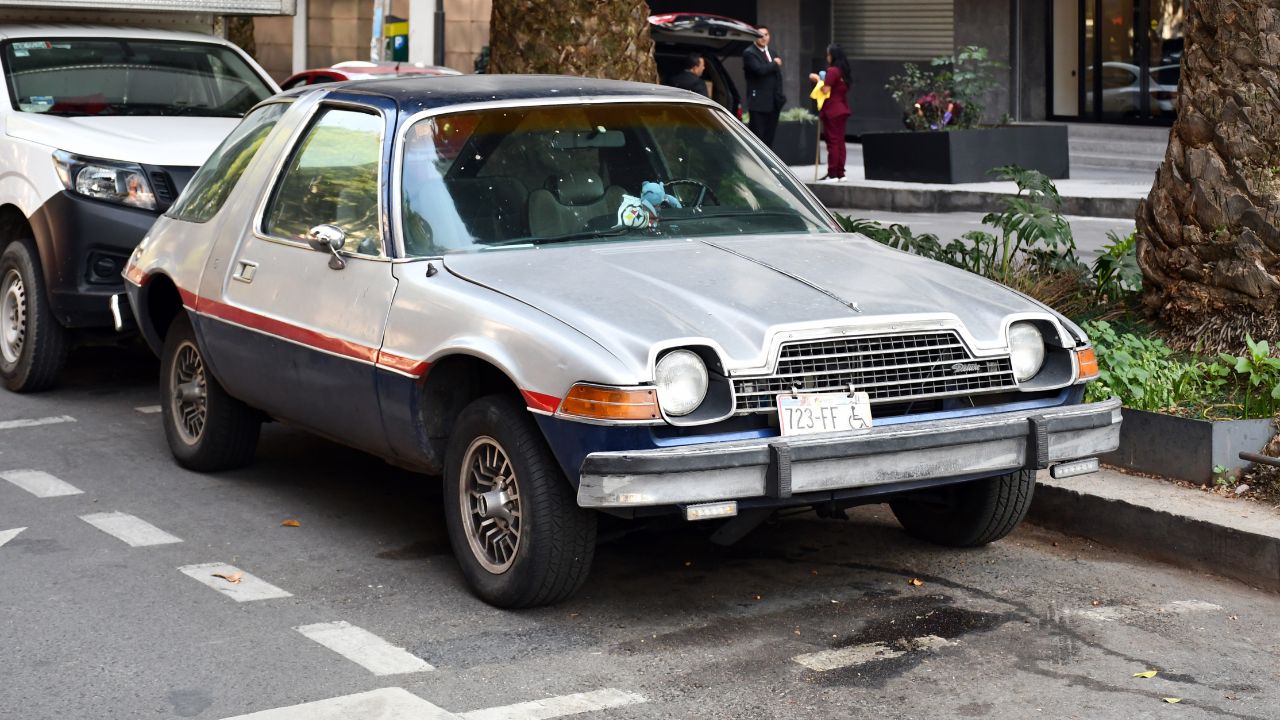
The AMC Pacer, produced from 1975 to 1979, is often remembered for its unique design, characterized by a large glass area and wide body. However, the Pacer’s unconventional looks didn’t translate into practical benefits. Its small, underpowered engine struggles to provide adequate performance, and its fuel economy is disappointing given its size.
Maintenance and parts can also be challenging, as AMC is a defunct brand. While its quirky design may appeal to some collectors, the Pacer is often seen as a novelty rather than a serious investment in the classic car world.
Porsche 914
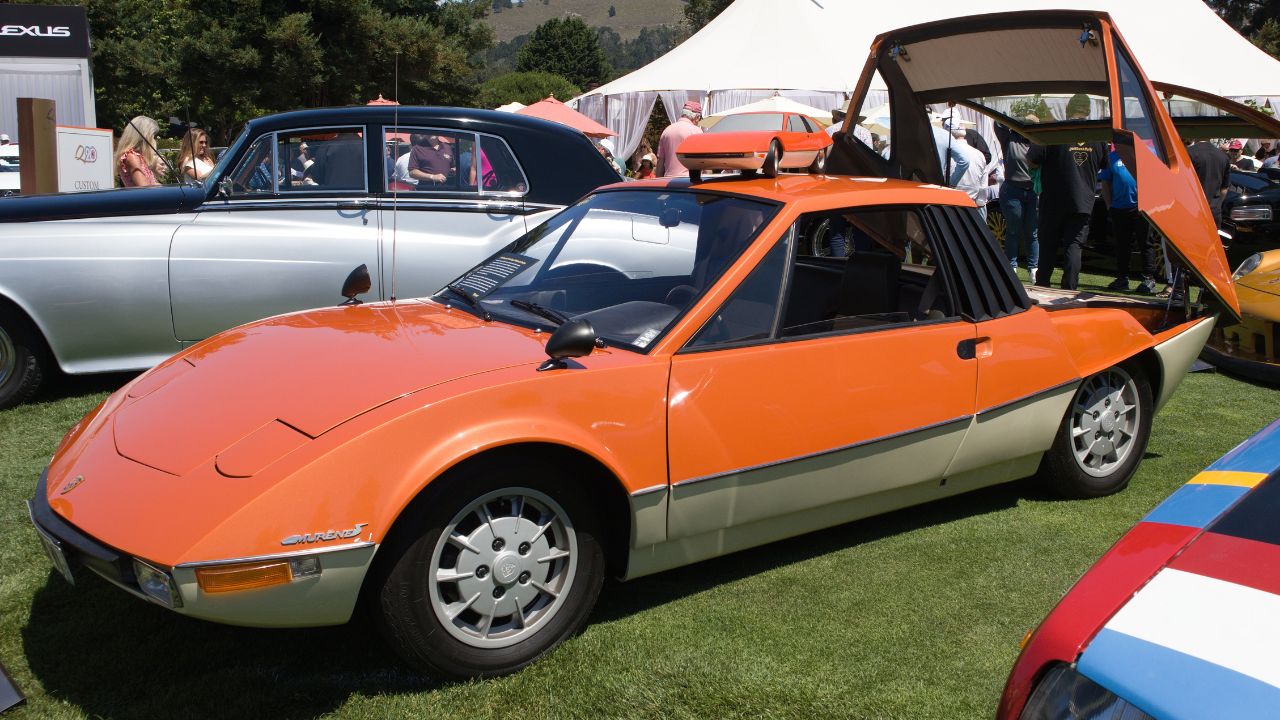
The Porsche 914, produced from 1969 to 1976, was a collaborative effort between Porsche and Volkswagen. While it offered mid-engine balance and a unique design, the 914 is often criticized for its lackluster performance due to its modest power output. The build quality and interior design also left much to be desired.
Although it provides an affordable entry point into Porsche ownership, enthusiasts often find themselves investing significantly in modifications and maintenance to improve performance and reliability. As a result, the 914 may not deliver the driving pleasure commonly associated with the Porsche name.
Triumph Stag
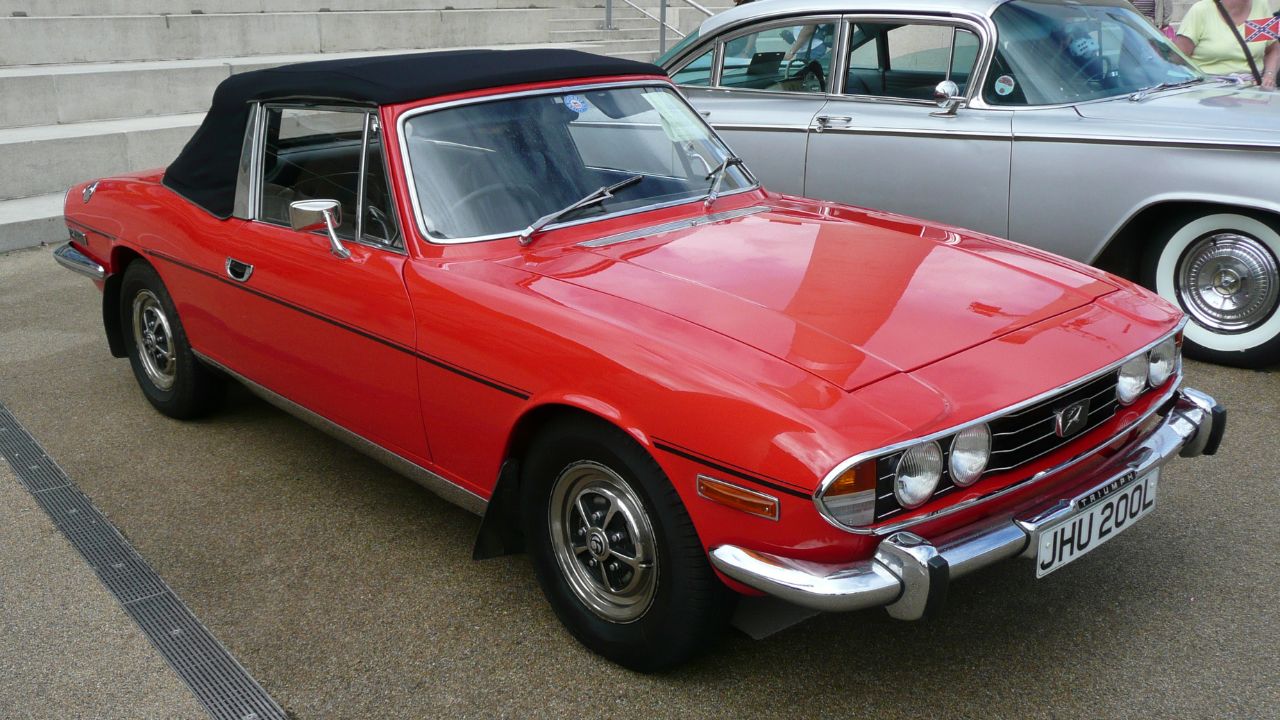
The Triumph Stag, produced from 1970 to 1978, was intended to be a luxurious grand tourer, but it suffered from multiple design and engineering flaws. The Stag’s V8 engine is notorious for overheating issues, and its build quality and electrical problems add to the car’s maintenance headaches.
While the Stag features a stylish design and a comfortable interior, its reliability issues and ongoing repair costs often overshadow its initial allure. Enthusiasts interested in the Stag should be prepared for the potential pitfalls of ownership that come with this classic British car.
Cadillac Eldorado (1970s)
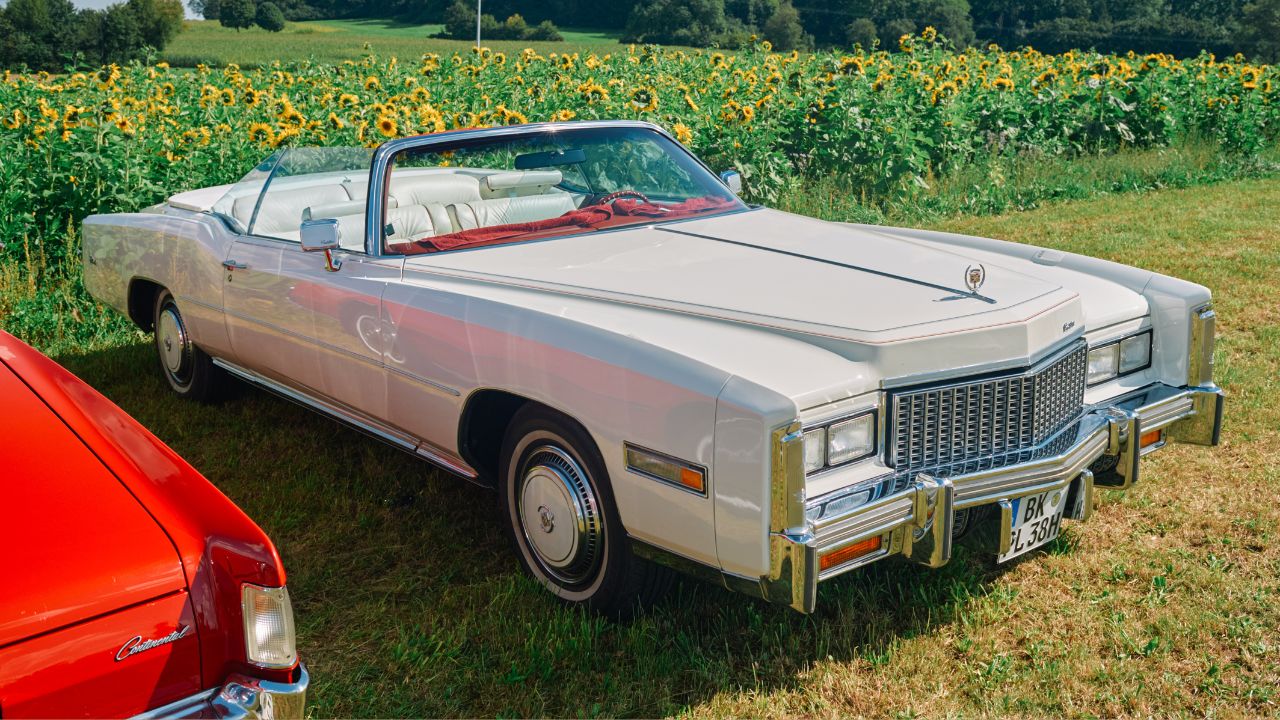
The 1970s Cadillac Eldorado is often associated with American luxury excess, characterized by its massive size and plush interiors. However, its sheer weight and size compromise its performance and fuel efficiency. The Eldorado’s handling can be cumbersome, and the driving experience is more about comfort than engagement.
While it offers a glimpse into 1970s luxury, the Eldorado lacks the refinement and performance expected of a high-end classic car. Maintenance and restoration can also be costly, making it a less appealing option for collectors seeking a rewarding driving experience.
Alfa Romeo Spider (Series 3)
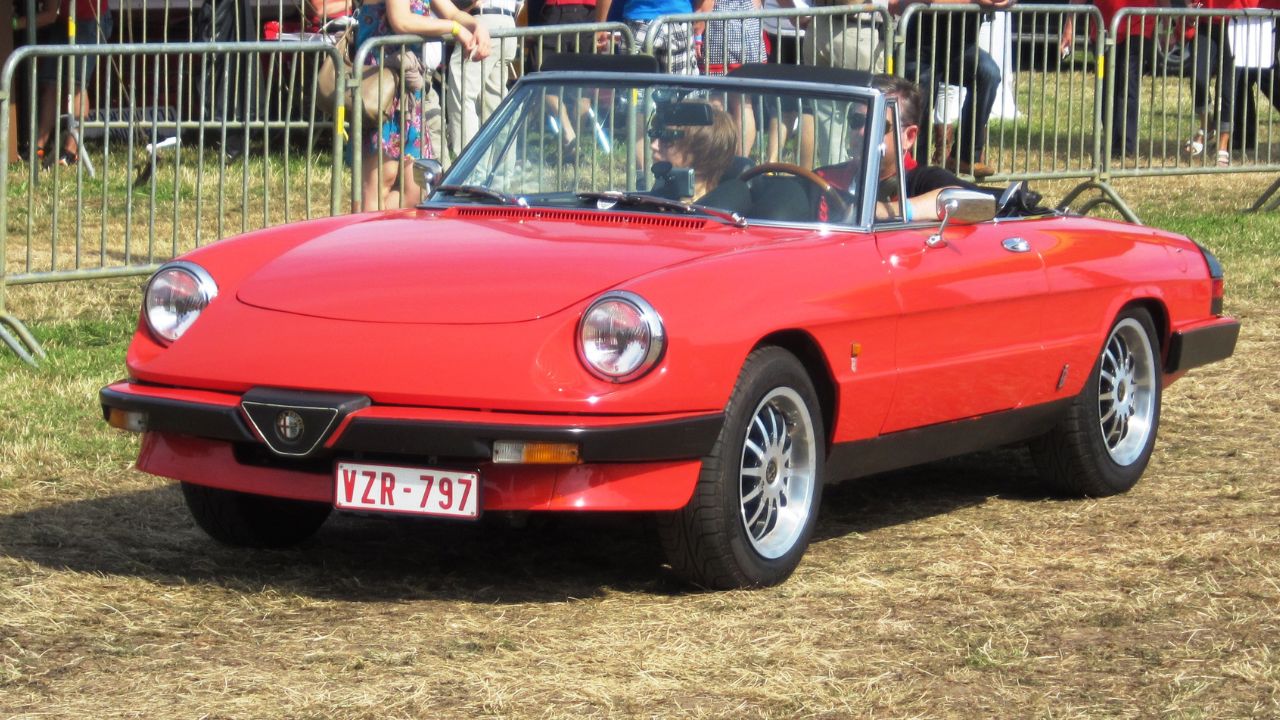
The Alfa Romeo Spider Series 3, produced from 1983 to 1989, is part of a long-running line of stylish roadsters. However, the Series 3 is often overshadowed by its predecessors. While it retains the classic Spider design, changes in emissions regulations led to reduced performance and increased weight.
Reliability issues and parts scarcity can pose challenges for owners, and the driving experience doesn’t quite match the spirited reputation of earlier models. As a result, the Series 3 Spider might not offer the value or driving excitement that enthusiasts seek in a classic Alfa Romeo.
Like Fast Lane Only’s content? Be sure to follow us.
Here’s more from us:
*Created with AI assistance and editor review.

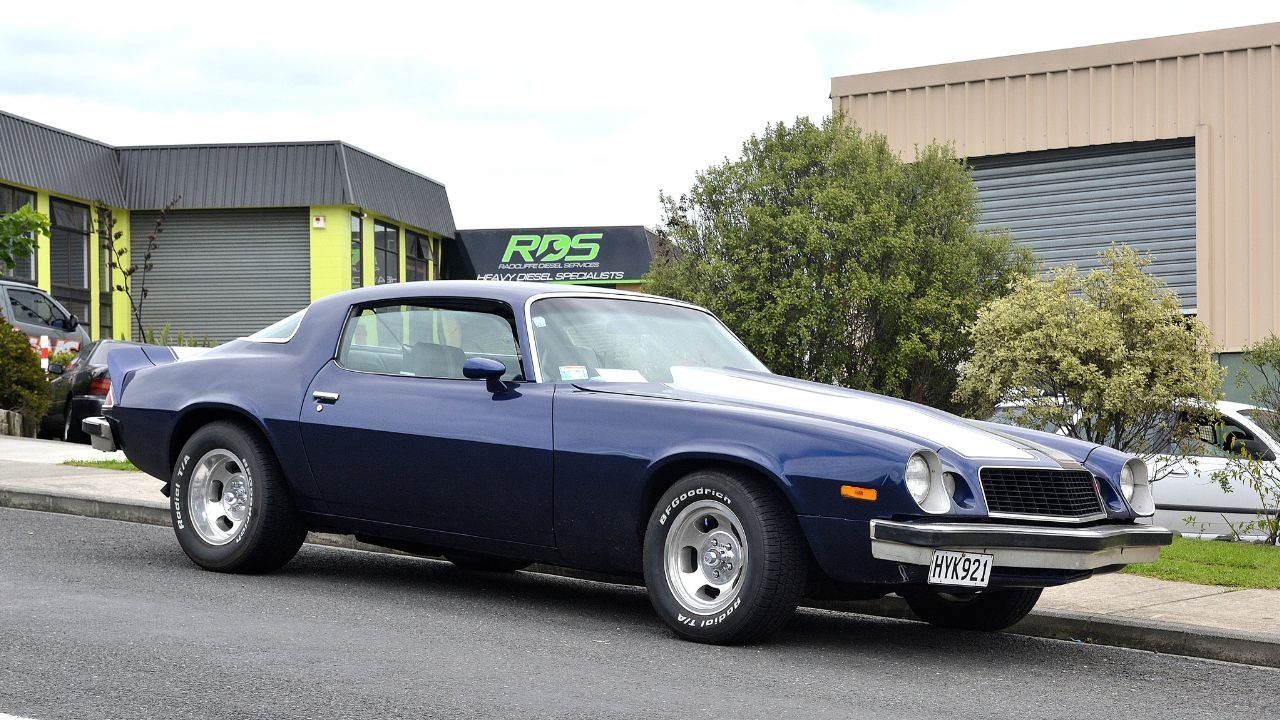
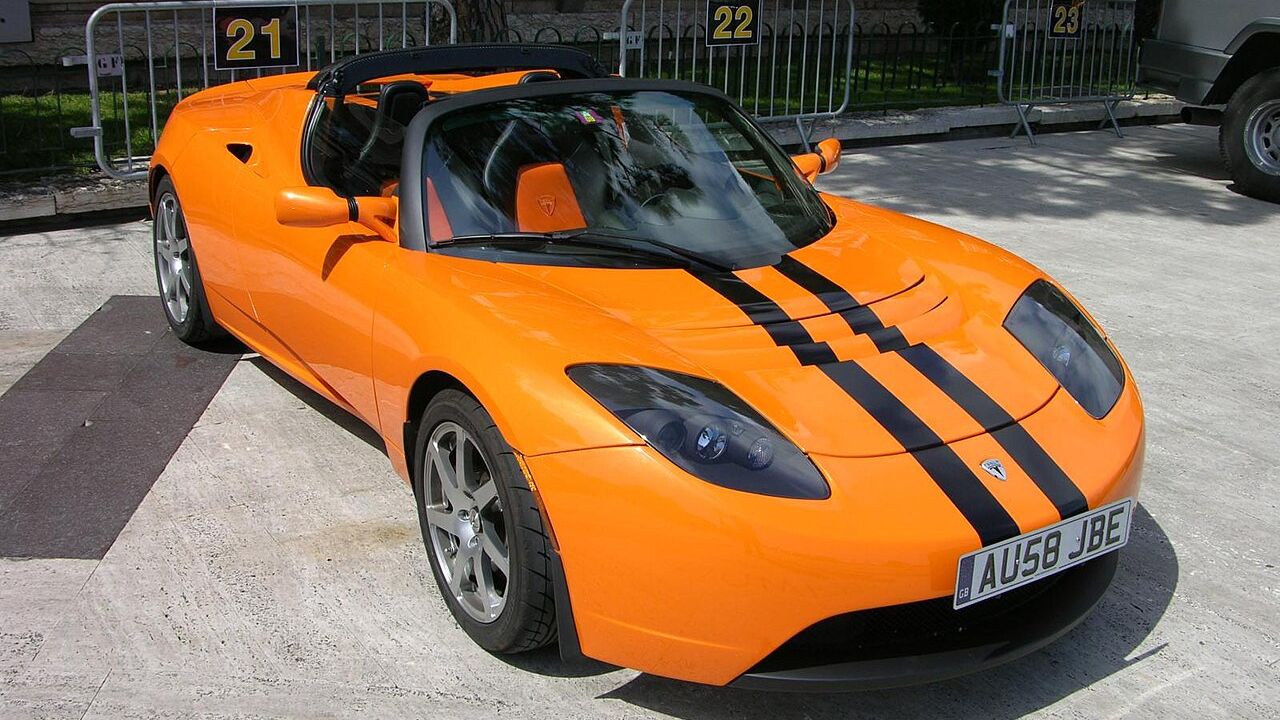
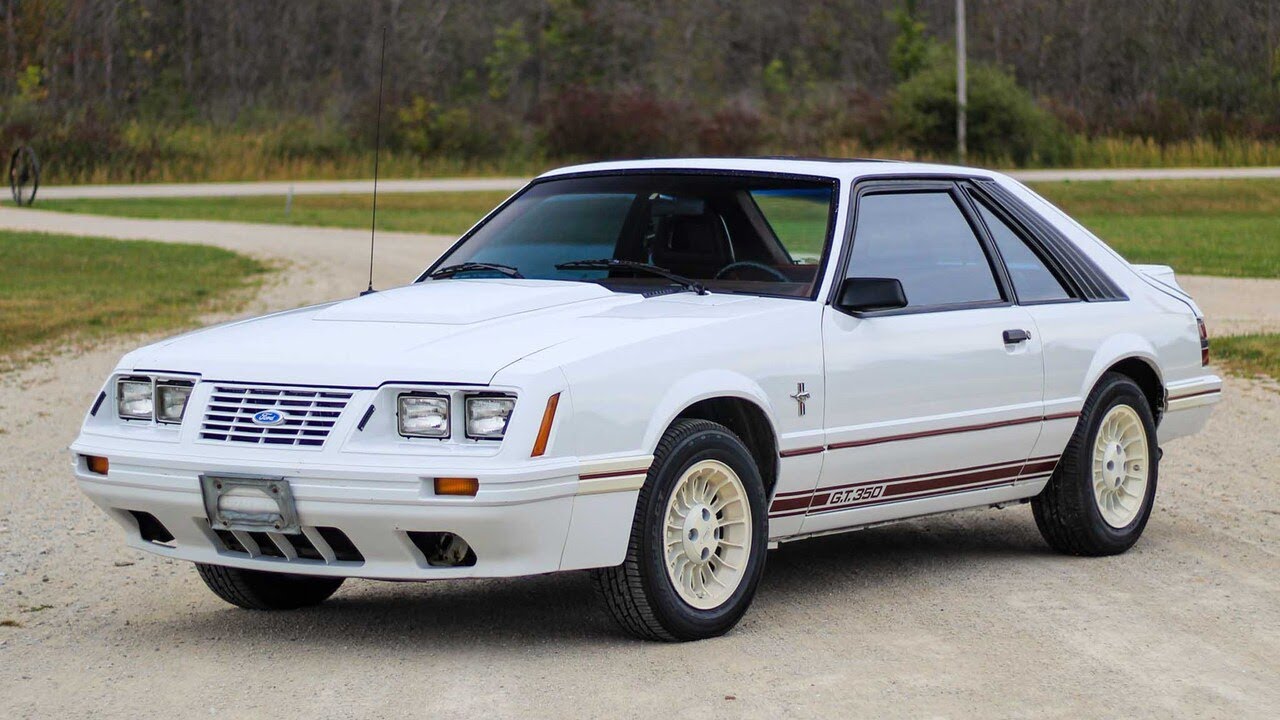

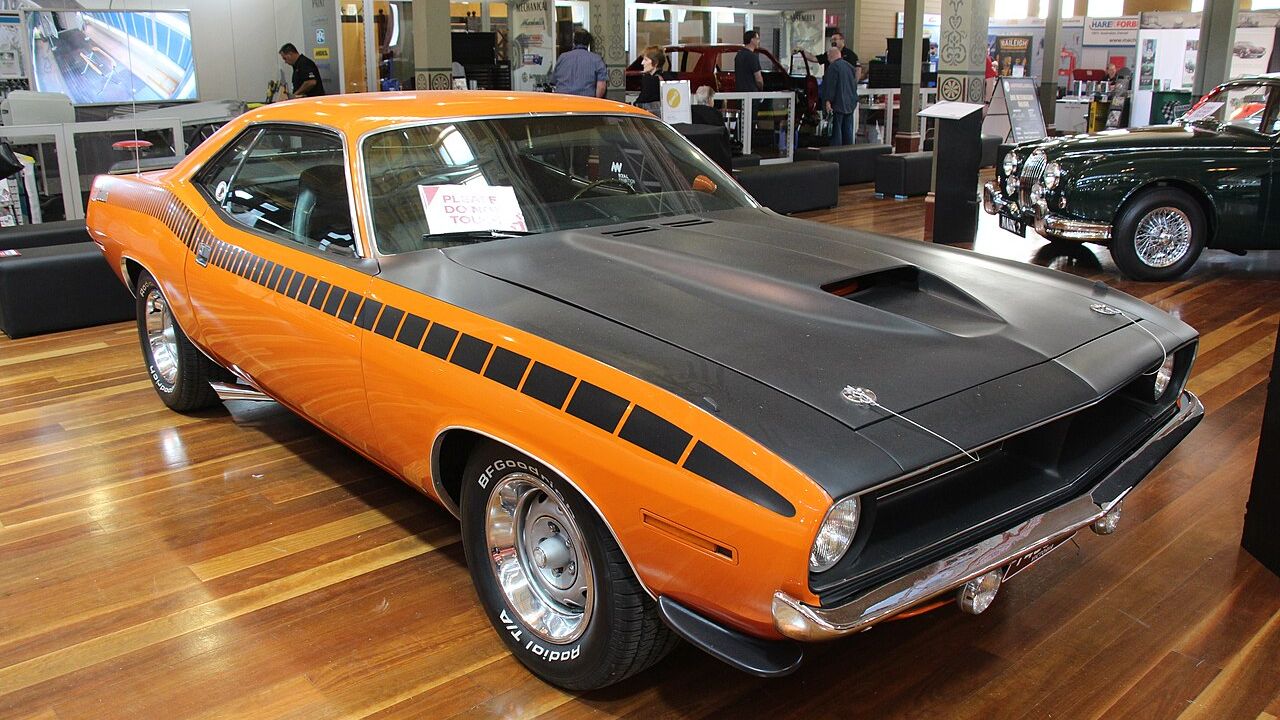
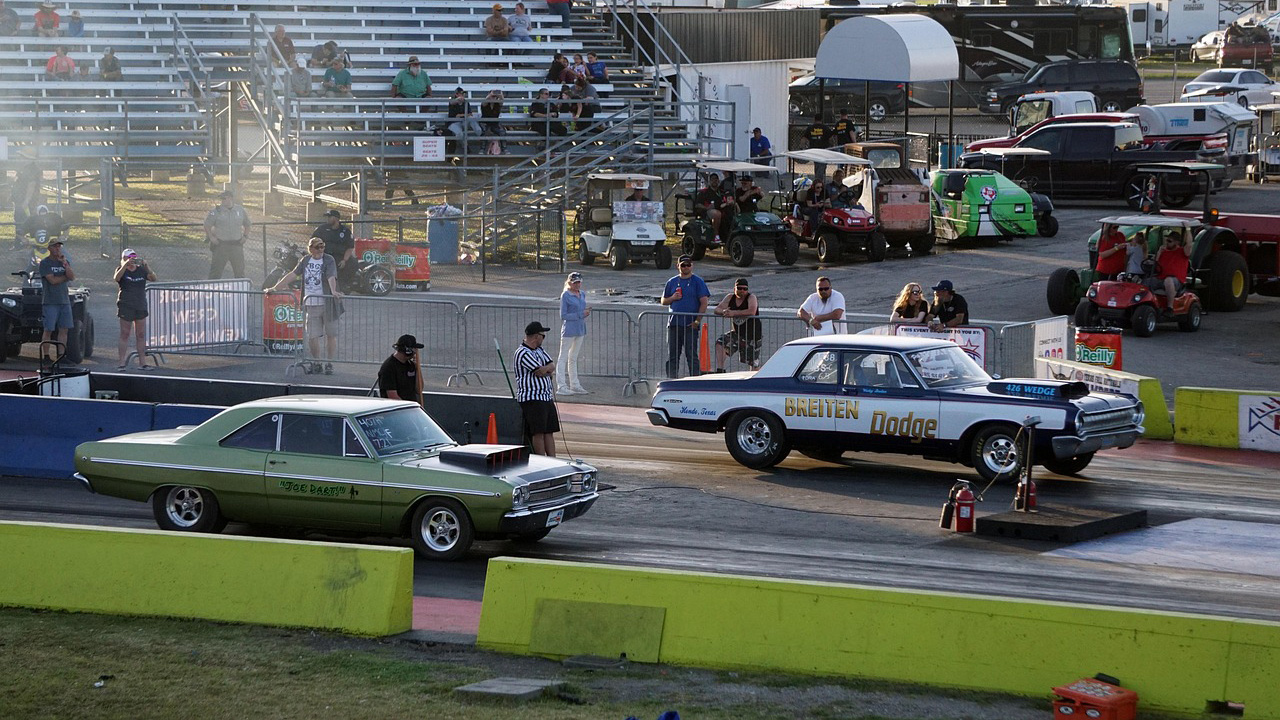
Leave a Reply